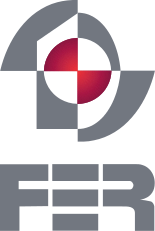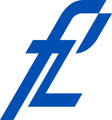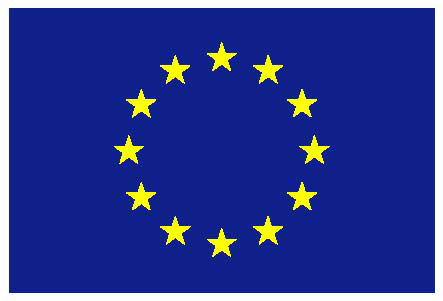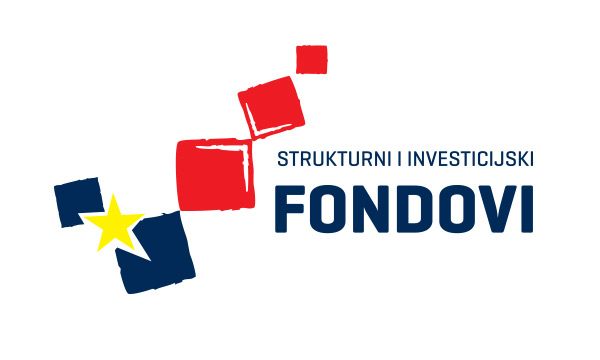We invite you to a VISTA research seminar:
"Target tracking on Matrix Lie Groups"
held by Josip Ćesić, mag. ing.
The seminar will be held on friday 20.2.2015. at 14:15 in TCR.
More information about the seminar and about the speaker can be found in the detailed news content.
CV
Josip Ćesić has received his BSc and MSc degree in electrical engineering and information technology from University of Zagreb, Faculty of Electrical Engineering and Computing (UNIZG-FER) in 2011 and 2013, respectively. He fisnished the third semester of his master program at Chalmers University of Technology, Sweden, as an exchange student. He is currently employed at the Department of Control and Computer Engineering at UNIZG-FER as a research engineer within AMOR research group. His main research interests are in the areas of mobile robotics, estimation theory and image processing.
Abstract
Recently, the differential geometry formalism has been extensively employed in a wide range of estimation applications where states evolve on non-Euclidean spaces. Naively employing classical Euclidean space estimation tools (e.g. Kalman Filters and Euclidean based Particle Filters) causes both theoretical and implementation difficulties. On the contrary, taking into account the geometry of a manifold usually leads to well-posed problems which can boost the performances of algorithms. Almost all sorts of manifolds used in the engineering community nowadays can be represented as matrix Lie Groups (e.g. rotational groups SO(2) and SO(3), rigid body motion groups SE(2) and SE(3), unitary quaternions SU(2), invertible matrices GL (3)). This talk will give the insight into estimation of a state evolving on a manifold, i.e. a matrix Lie Group. Specifically, the experimental results and some applications will be provided for a few matrix Lie Groups that are of significant interest in mobile robotics and intelligent transportation systems.







